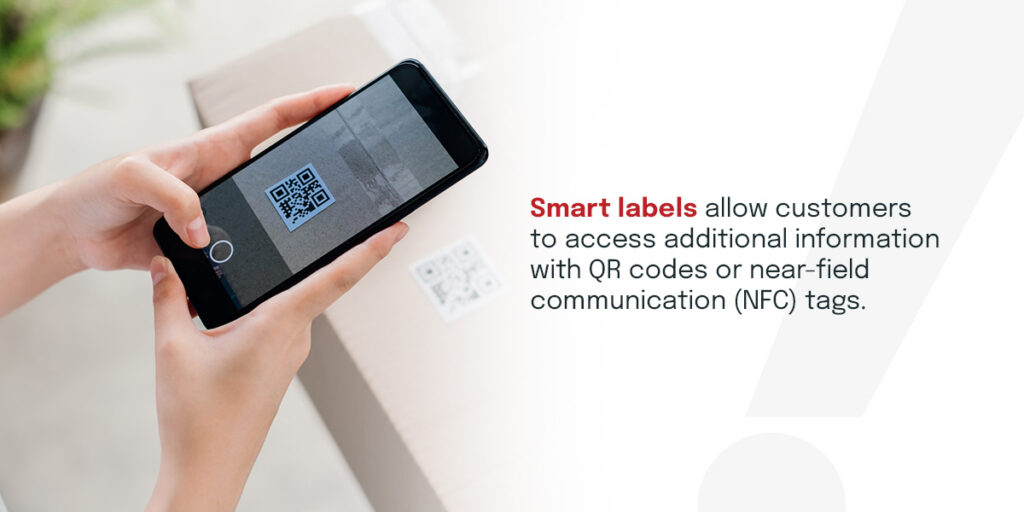
Packaging helps to protect products, convey important information and enhance branding. Smart packaging goes one step further with interactive technology that improves the customer experience. With more companies discovering the value of this technology, the smart packaging market will likely reach 38.3 billion US dollars by 2033 — that’s a compound annual growth rate (CAGR) of 4.5%.
Our guide will help you discover the different types of smart packaging and the benefits they offer your business. We also highlight some of the best tips for integrating these innovative packaging solutions within your processes.
Smart packaging features quick-response (QR) codes, barcodes or radio frequency identification (RFID) technology. These digital identifiers provide a convenient way for companies to track the location of a product within their supply chain. In addition, smart packaging enables customers to access valuable product details in real time.
From large corporations to individual e-commerce sellers, businesses across all industries are leveraging smart packaging technology. Here are some of the most notable reasons why:
There are primarily two types of smart packaging to suit various applications. After all, a tray of apples and an Apple iPhone will have vastly different packaging needs. Here’s a brief breakdown of the various types and their uses.
Active packaging interacts with the contents of a package, helping to extend its shelf-life. It’s a popular option for food and beverages as these products are more susceptible to environmental conditions. An example of active packaging is fruit punnets with integrated ethylene absorbers. Some other common elements of active packaging include:
This type of smart packaging relies on intelligent sensors and indicators to provide status updates on a product. In other words, intelligent packaging communicates vital information such as the product’s temperature, storage time and if it’s been tampered with during transit.
One common type of intelligent packaging is time-temperature indicator labels. As the name suggests, these labels record the temperature of a food item or pharmaceutical product over time to ascertain its quality upon arrival.
With abundant products on the market, there’s no limit to the number of smart packaging applications. Here are some of the most common uses:

Whether you’re a long-established business or a start-up, smart packaging technology helps to streamline your operations. Use these tips for successful implementation.
In the business world, adapting to new technology is beneficial and essential for your success. However, implementing technology like smart packaging doesn’t need to happen overnight. A final tip is to implement a trial where you use smart packaging in a segment of your business for a defined period. The data from your trial will help you determine the best way to embrace intelligent packaging across all sectors.
Smart packaging goes beyond providing protection and branding capabilities. It enables you to offer your customers more value and gain the data you need for continued success.
Custom Boxes Now helps customers in all industries create one-of-a-kind smart packaging solutions. As experts in structural design, we’ll work with you to determine the best packaging for your products. We’ll also help you optimize your existing artwork for printing, ensuring an eye-catching packaging solution that reflects your brand! Discover why customers choose us for customized boxes and packaging, or contact our team today for personalized support!